25 Tips for Taking Great Photographs
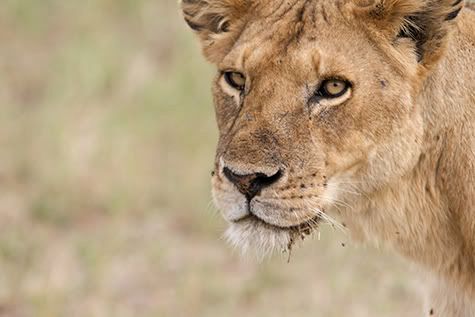
I'm so lucky, I have FIVE amazing siblings! And you are so lucky because one of them, my big brother Bruce, is a professional nature photographer ...oh, and a biologist, ecologist, professor, and a bunch of other awesome stuff (hi, i write a blog)... and he is sharing with us 25 Tips for Taking Great Photographs! Every person who takes pictures should read this list: It goes beyond the usual to teach you how your camera works, the basics of composition, and the thought process behind a great photograph.
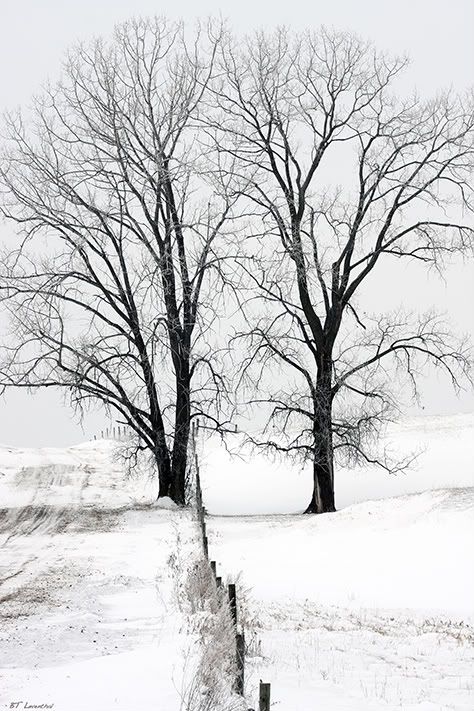
And, if you are a travel junkie like the morrison-leventhal-curtis sibs, you're in luck because Bruce is teaching a photography workshop/eco-vacation in Costa Rica this summer. It's 9 days surrounded by beautiful wildlife in the forest AND on the coast. If it wasn't for that pesky baby of mine I'd be there in a heartbeat. There's still a few slots left and it's super-affordable, you can learn more about the trip here. And visit these links to see more of my brother's beautiful photographs of Africa, Costa Rica, and the amazing American Wilderness.
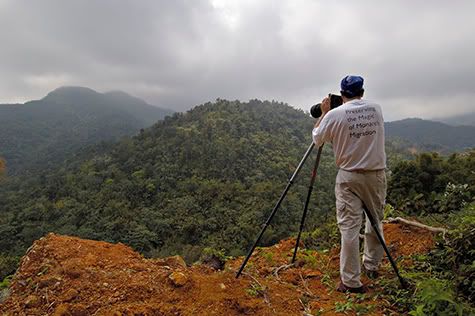
25 Tips for Taking Great Photographs after the jump...
25 Tips for Taking Great Photos
This list starts with some general thoughts on photography and gets into the nitty gritty. Stick with it and you will learn something.
1. It’s about the photographer, not the camera.
-The photographer picks the composition, defines the exposure, and decides the moment
-A good photographer will make art with a cheap camera; the same cannot be said for a bad photographer with expensive gear.

Image: Sequoia NP-Moro Rock Nikon D2H, Tamron 180 macro @ f9
2. There is always something to photograph
-Photograph your kids, your pets, a flower
-Be a tourist and photograph your town
-Photograph color or pattern

Image: Cesares Café- Wine and Coffee Canon 1Ds 200 f2.8 @f2.8
3. Decide to be a photographer
-You are more creative than you think, photography can unleash your inner artist
-Imitate the work you like to start
-You don’t have to follow the rules (even these rules), invent your style
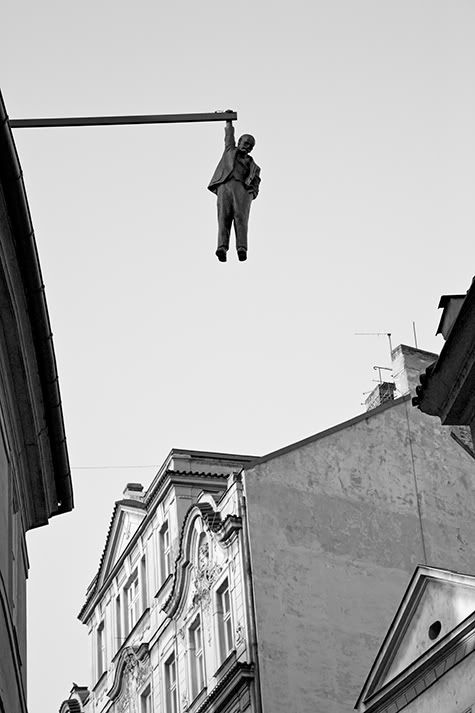
Image: Prague-Hanging Around Canon 5D 24-105L @ f8
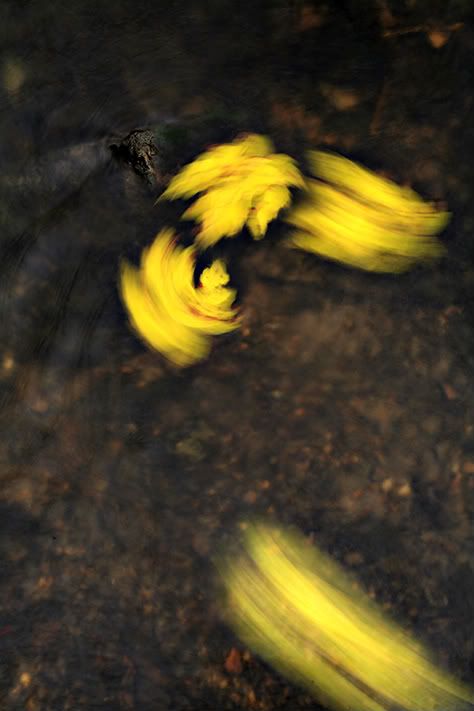
Image: Minnesota-Fall Canon 5D 50mm macro @ f14
4. Pre-visualize the image before you press the shutter
-Know what you want before taking the picture
-Know your camera and lens(es) and you will know what is possible
-Make a frame with your fingers and define your composition before you look through the camera
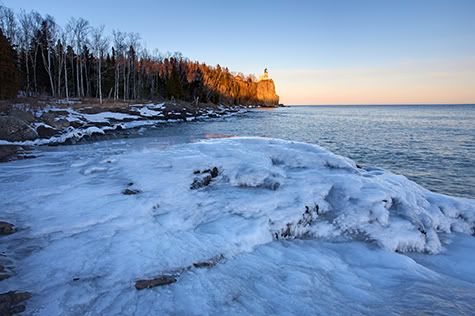
Image: Minnesota-Split Rock Winter Canon 5D 17-40L f16
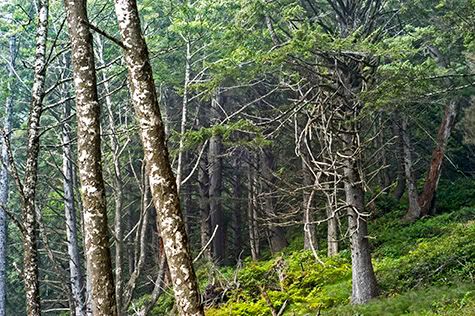
Image: Olympic NP-Second Beach Nikon D100 50mm @ f22
5. Change your perspective
-Get low: Squat or lie on your belly
-Get high: Climb on a rock or chair
-Lay on your back and look up
-Your height shouldn’t define your perspective
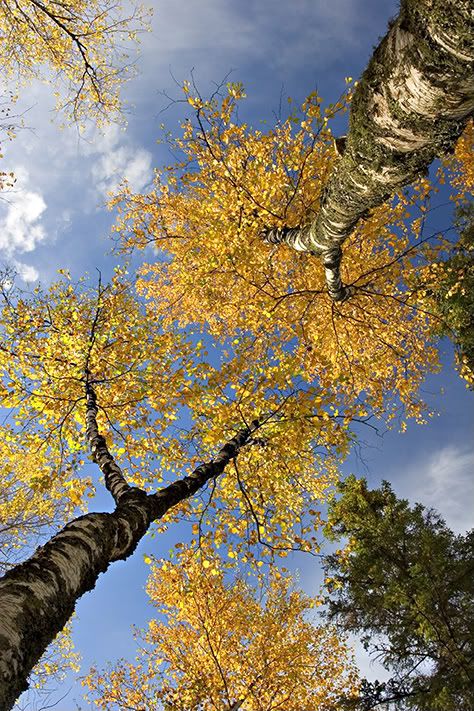
Image: Minnesota-Jay Cook Fall Canon 20D 17-40L @ f16
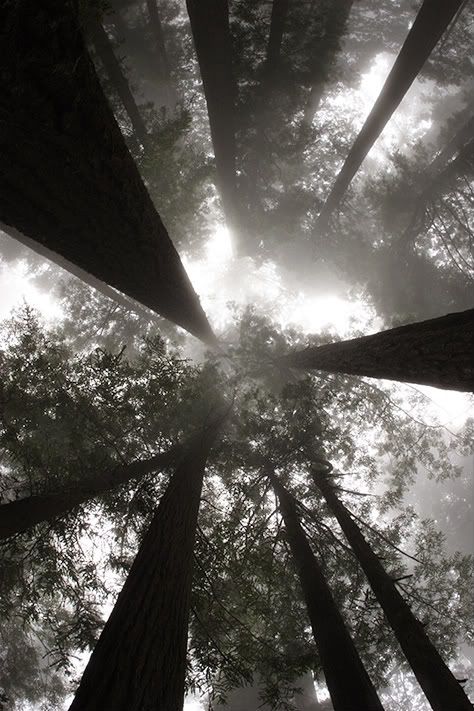
Image: Redwood NP-Hurricane Trail Canon 20D 15mm fisheye @ f16
6. Turn your camera and shoot a vertical
-There’s no rule that says a landscape has to be horizontal and a portrait has to be vertical
-Fight your tendency to be linear and shoot a diagonal
-You are the artist… you make the rules

Image: Minnesota – Twins Canon 40D 70-200 f4L @ f11
TECH TIPS
7. The aperture you choose will define the mood you convey
-Know what the aperture is and what it does (see below)
-The aperture is like your pupil, it regulates the amount of light passing through the lens
-A wide aperture (small number) isolates your subject
-A small aperture (large number) increases your range of focus (aka: depth of field)
-Use your aperture to define your image

Image: Tanzania - Serengeti Lioness Canon 30D 120-300 f2.8 + 1.4x converter @ f4
8. The shutter speed you choose will define the mood you convey
-Know what the shutter does (see below)
-The shutter determines how long the sensor or film will be exposed to light.
-A fast shutter speed (high number) stops action
-A slow shutter speed (small number) blurs motion
-Use your shutter speed to define your image
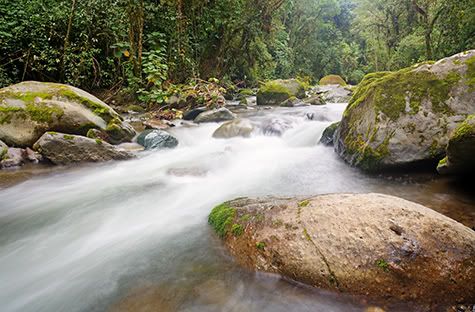
Image: Costa Rica – Savegre River Canon 5D 17-40L Shutter .5 seconds @ f16
9. Learn exposure theory and become a creative photographer
-There is no one correct exposure, but exposure will impact the mood of your image
-The shutter speed you choose must be balanced by the aperture you use
-The contrast is true as well… the aperture you choose must be balanced by the shutter speed you choose
-Set the camera to "program" and the camera makes the decision. When you learn to choose an aperture and shutter speed you become a photographer.
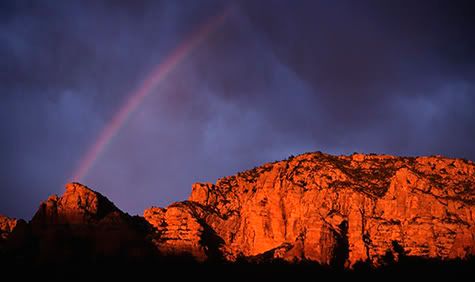
Image: Arizona – Sedona Rainbow Leica CL 40mm @ f11
10. Use a tripod
-A tripod will slow you down, but working slowly gives you time to think and plan your composition
-A tripod allows you to use a slow shutter speed.
-With a tripod you can blur action without inducing “camera shake”

Image: Puerto Rico – Tripod in El Yunque Nikon D100 12-24 f4DX @ f16
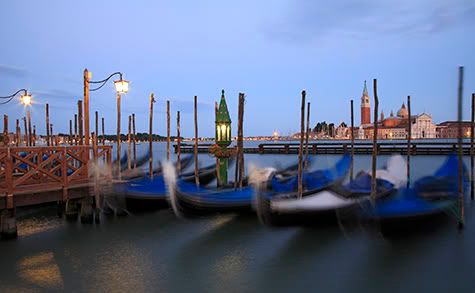
Image: Venice – Gondolas at Night Canon 5D 24-105L @ f8
COMPOSITION TIPS
11. Know your subject
-Take the time to understand your subject
-Learn how time of day and time of year influences your subject’s appearance or behavior
-Shoot the same thing in a different way
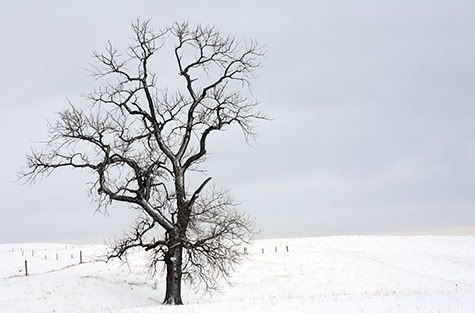
Image: Minnesota – The Tree Winter Canon 5D 100mm @ f11
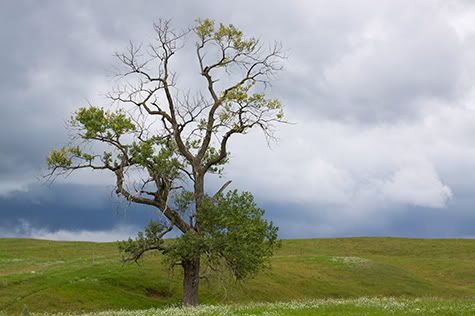
Image: Minnesota – The Tree Summer Canon 50D 70-200L @ f10
12. Be the Zen photographer
-Simplify your composition
-Isolate your subject
-Reduce tension by reducing distractions
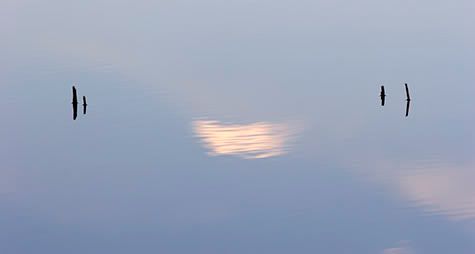
Image: Minnesota-Reflections Canon 20D 300mm @ f8
13. The center is no place for a face
-Your subject is lost in the middle, as the human brain searches for interest around it
-Imagine that your picture is a window, divide this window into 3 rows and 3 columns
-Place your subject in the upper left, upper right, lower left, or lower right
-Your point of interest, like the eyes of a child, should be where a row and column intersect
-This is the “Rule of Thirds”
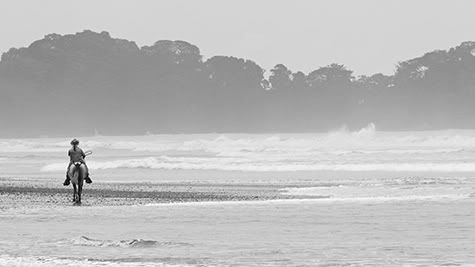
Image: Costa Rica – Beached with a horse Canon 40D 300 f2.8 @ f13
14. Make your birds fly into the picture
-Provide negative space for your movers to move
-The human brain perceives what happens next
-People walking out of pictures will cause your audience to follow the movement
-If you show a biker with a place to go, your audience will be engaged with the image
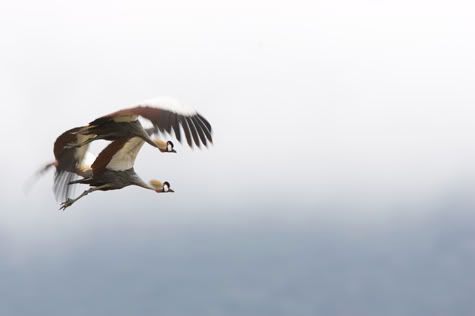
Image: Tanzania – Flying Cranes Canon 1DII 300 f2.8L IS + 1.4x @ f5.6
15. Use converging lines
-Brains like to take a walk, give a brain a path to follow
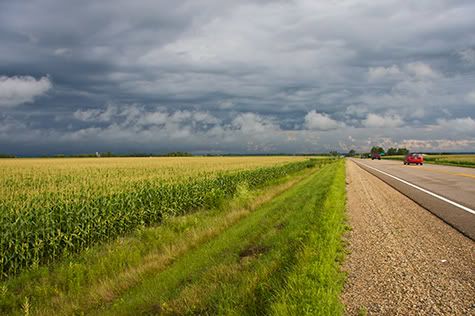
Image: Wisconsin Road-Canon 40D 17-85 @ f9
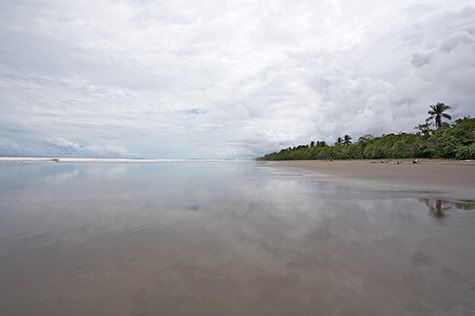
Image: Costa Rica – Lost on Baru 5D 17-40L @ f16
16. Compose with color
-We are primates and primates seek color
-Bold colors can an be a focal point that engages a viewer
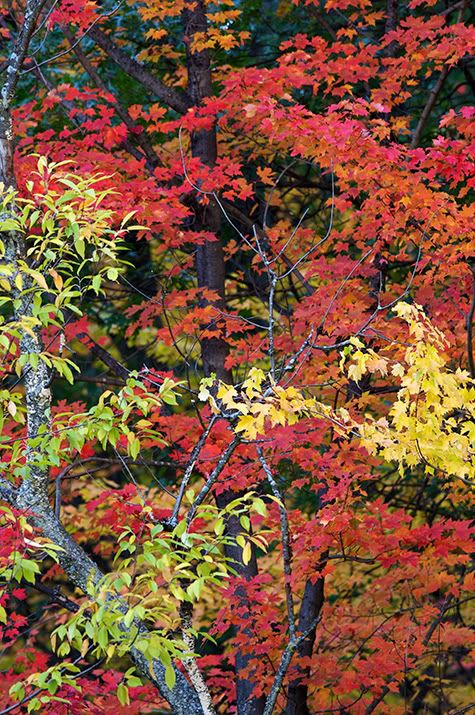
Image: Minnesota – Fall Mix Canon 1DIII 300mm @ f5.6
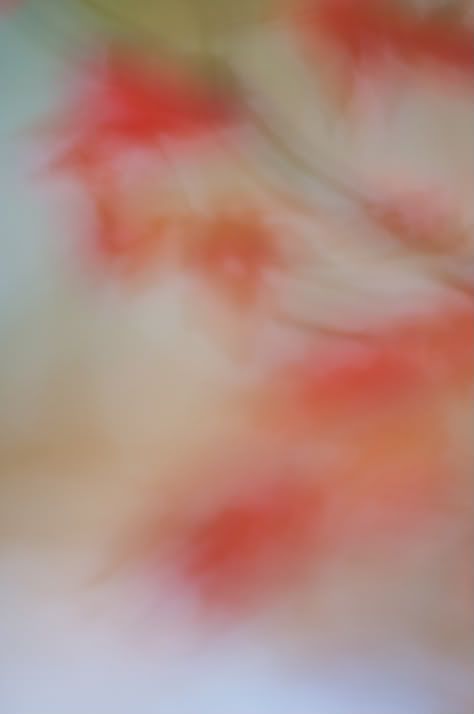
Image: Minnesota – Fall Abstract 1DIII 300mm @ f2.8
17. Make your image monochrome
-Monochromes are black and white, sepia, duo-tones, or color images that appear to lack color.
-Our brains seek a pattern
-Use monochrome imagery to create a pattern or a point of focus and you will engage your viewer

Image: Minnesota – Lift Bridge Morning Canon 1DsII 17-40L @ f14
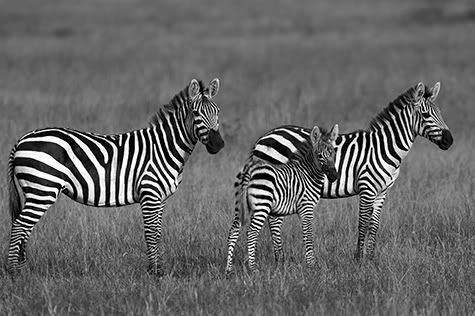
Image: Tanzania – Black and White Family Canon 1DII 300 f2.8L + 1.4x Converter @ f4.5
18. Be an abstract artist
-Not all photographs need a definite subject
-Experiment with unfocused images, it worked for Monet
-Play with light, color and patterns
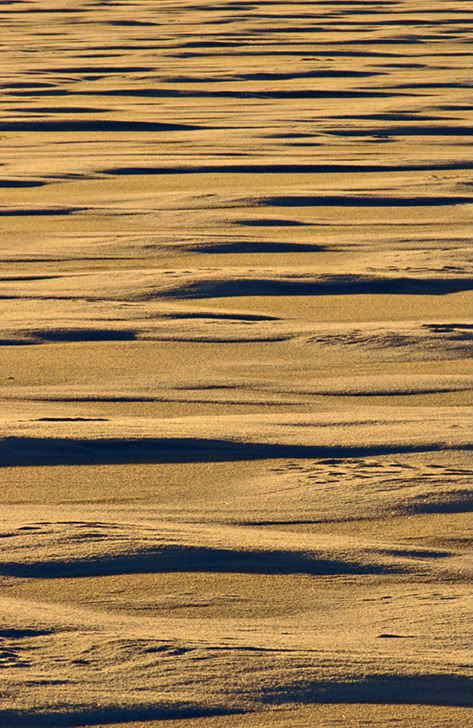
Image: Wabasha-Ice Dunes Nikon D1x 300AFS + 1.4x converter @ f25

Image: Taylors Falls State Park – Nikon D100 180 Macro @ f10
19. Rules are meant to be broken
-Sometimes a centered composition works
-High-key images are overexposed, so what!
-A person leaving the picture tells a story too
-Break the rules and you may be pleasantly surprised
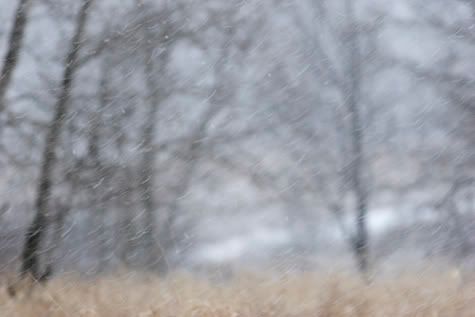
Image: Minnesota-Snow Storm Canon 20D 400 f5.6L @ 5.6

Image: Minnesota-Impaired Vision Canon 1Ds 300 f2.8HSM @ f2.8
TECH TIPS: LIGHT
20. Photography… it’s about the light!
-Photo + Graphy = Light Picture
-Shoot in the morning or the evening when the light is warm
-Warm light softens your subject and is easy on the eyes
-Midday light makes for harsh shadows and too much contrast
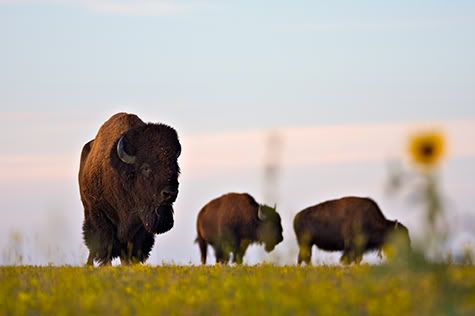
Image: South Dakota – Morning Bison Canon 40D 120-300 f2.8 @ f2.8
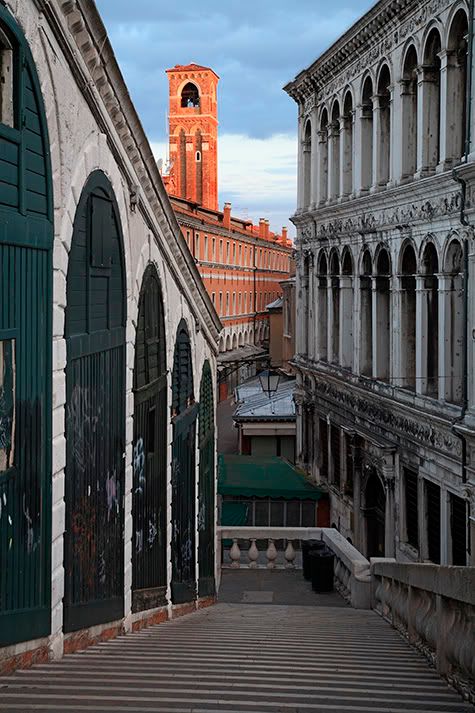
Image: Italy – Venetian Morning Canon 5D 24-105L @ f16
21. Front lighting enhances your subject
-Front light makes eyes sparkle and fills the shadows
-For front lighting, shoot with the sun to your back
-For front lighting, add a flash
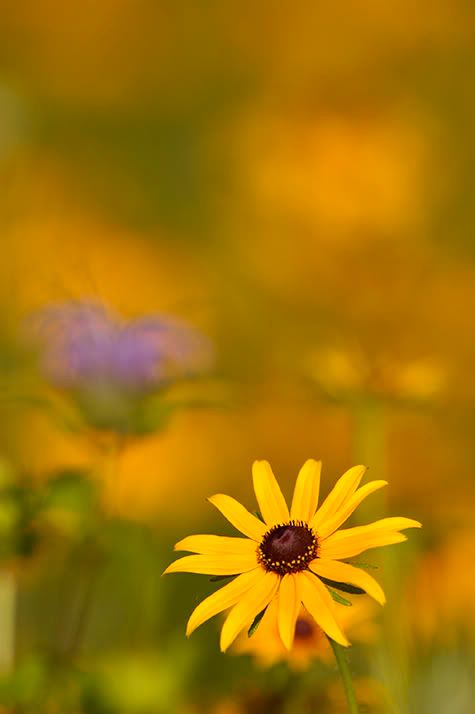
Image: Minnesota – Black Eye Morning Nikon D100 300 f2.8 @ 2.8
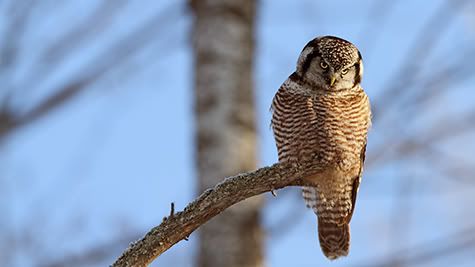
Wisconsin – Snowy Hunt of the Hawk Owl Canon 7D + 300 f2.8 @ f4.0
22. Backlight your subject to create an impact
-Backlight makes silhouettes
-Backlight translucent subjects to show-off detail
-Backlight to increase to make an image dramatic

Image: Minnesota – Spring Ephemeral Nikon D2h 300 f2.8 @ f2.8
23. Use a flash, but…
-A direct flash can cause unflattering shadows and make your images cold.
-Crumple white or colored filter paper and use a rubber band to attach it to your flash.
-Shoot through the filter paper to soften light.
-If you can, aim your flash at the ceiling to “bounce the light.” Bounced light can soften your subject.

Image: Costa Rica – Coati Mundi Canon 40D 300 f2.8 @ 2.8 w/ Flash + Diffuser
24. Experiment with your photography software!

Image: Black-eyed Susan collage Photoshop Manipulation
And lastly,
25. Carry a camera…
-Serendipity happens… be there for it

Image: Minnesota – Spring Doe Canon 20D 300 f2.8HSM @ f 2.8
Learn about photography and soak up some delicious images on Bruce's blog at BTLeventhal.com. And let us know what you think about these tips, and any tips you have, in the comments!
Labels: Inspiration, Photography, Tips

17 Comments:
great tips! i love taking photos!
I loved reading all of these great tips. I take my camera EVERYWHERE!!! And I hope to have a camera with an apeture setting soon...thanks for sharing.
these images are beautiful. I'm inspired to go out and take some pictures now. thanks again PB ladies!
Thank you so much for this. I love it. I'm a fairly new SLR owner and am learning more and more about my camera and this has given me so much to think about and learn!
This is just amazing! I've learned so much and love all of the beautiful photography. Thanks so much for sharing with us Bruce!
Great tips! Thank you!
Stine
loving your breathtaking photos. thanks for the great tips and philosophies on creating beautiful photography.
Jealous of your gear (and skills), Bruce.
sweet i love these photos and the tips! would go on that trip if i had the money.
GORGEOUS photos! thanks for the tips!
Great article. Gave me lots to think about!
Thanks so much for these awesome tips!
I got up extra early this morning to be out in time for some sunrise shots. Alas, completely overcast! Oh well, good excuse to learn how to use some more settings.
love this post! i am still working on a lot of this but i really agree that it is about the photographer and that rules are meant to be broken. i hate to try and make things perfect, i do my best to capture and enhance the beauty that i see and bring my personality and story to it - i love when other photographers promote that instead of just fancy gear and detailed formulas. here are a couple posts of photos that mean a lot me...
http://lovelybud.typepad.com/lovely-bud/2010/03/you-simply-must-see-this-beauty.html
http://lovelybud.typepad.com/lovely-bud/2010/03/iheart-faces-dramatic-bw-photo-challenge.html
fantastic. thank you!
Thanks Bruce and Prudent Mamas...helpful advice. I can never get a warm, clean glow. I'm using Bruce's advice to cover the flash - we'll see if that gets the red out.
I just came across this article and had to comment. I've lived most of my life in Minnesota and Bruce captured the beauty of this state perfectly!! Thanks for the beautiful pictures and the great advice!
Thanks for recommending this blog post from your other post! Very helpful!
Post a Comment
Subscribe to Post Comments [Atom]
<< Home